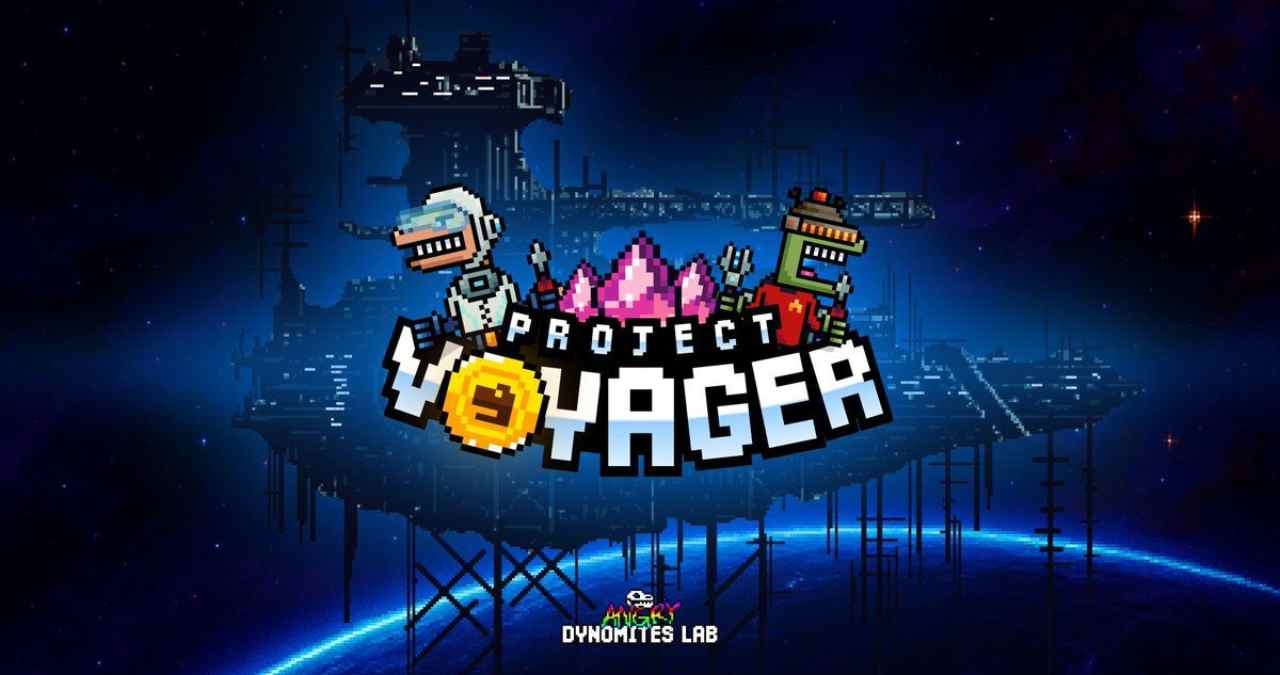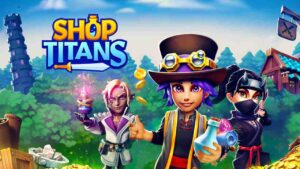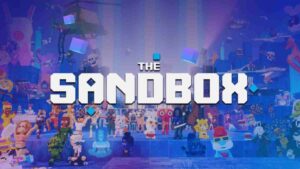Project Voyager is rolling out a limited-time DinoCoin event, expanding its exploration mechanics with a thematic twist and a $75,000 prize pool in tokens. The campaign pushes both PvE and player competition, while tying in with a broader ecosystem plan that includes shared assets and future crossover events.
This isn’t just a promotional drop. It reflects a growing trend in Web3 gaming: time-limited events that serve as both gameplay drivers and economic activation points, especially in early-access titles still finding their player rhythm.
Exploration gameplay meets seasonal competition
At its core, Project Voyager is built around narrative-driven exploration, where players move through dynamic biomes, scan environments, and collect digital resources. For the DinoCoin event, those mechanics are reworked to focus on prehistoric zones filled with fossil finds, mutated fauna, and artifact trails.
The event injects leaderboard pressure by scoring players on scan completion, hidden resource collection, and time-based challenges. Top-ranking participants are eligible for a slice of the token pool, but casual players can still earn minor rewards by simply completing event objectives.
This format bridges the gap between solo discovery and competitive grind, with the DinoCoin acting as a reward hook layered on top.
$75,000 prize pool distributed through DinoCoin
The event’s headline feature is a $75K prize pool, paid out in the game’s DinoCoin token. The token exists on a supported blockchain (not explicitly named here for editorial neutrality) and integrates with Project Voyager’s in-game economy, as well as other ecosystem titles under the same publisher.
Rewards are structured in tiers, not just win-or-nothing. That broadens the incentive base and ties in with retention strategies common to seasonal Web3 events. DinoCoin itself can be used for in-game purchases or held for future integrations across connected games, depending on how the broader token utility develops.
This positions DinoCoin less as a speculative token and more as a cross-platform engagement tool, which is becoming a more common play in interoperable Web3 ecosystems.
Event content aligns with larger ecosystem strategy
The DinoCoin campaign isn’t isolated. It’s also part of an ongoing push by Voyager’s dev team to unify experiences across multiple titles, including assets, rewards, and token interactions. While full interoperability isn’t live yet, this event acts as a prototype for how in-game achievements and token rewards might carry over into other games in the network.
It also serves as a pressure test. By concentrating rewards into a short-term window, the devs can measure player behavior, server load, and wallet activity across the event’s duration. That data may guide future token drops or even how live ops are structured post-launch.
For players already in the loop, this means the event is more than just cosmetic. It could shape how Project Voyager’s entire economy scales.
Web3 structure keeps blockchain visible but not intrusive
While the event is clearly token-based, onboarding remains relatively low-friction. No crypto wallet is required to start the event content itself, and players can engage with the gameplay side before connecting to the token side. That delayed interaction model is becoming more standard in Web3 game design, especially for titles that don’t want to scare off traditional gamers.
For those who do connect wallets, the event doubles as an opportunity to earn, trade, or convert assets. But importantly, it doesn’t force participation in the token economy to enjoy the content a balance that Web3 projects are still learning how to strike.
Project Voyager’s DinoCoin event feels like a small but deliberate test of how on-chain and off-chain systems can share the same space without stepping on each other. Whether that holds under scale will say a lot about where the title is headed next.
Web3 Analyst & Play Blockchain Games Guide
CryptoKit breaks down Web3 gaming like it’s second nature. From tokenomics to airdrop strategies, she turns blockchain chaos into clear, actionable advice for players who want to win more than XP.




